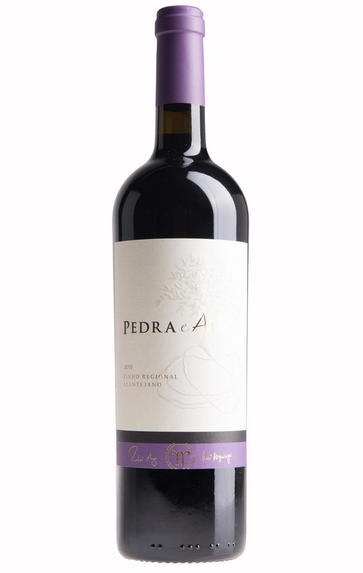
2011 Pedra e Alma, Sonho Lusitano, Quinta do Centro, Alentejano
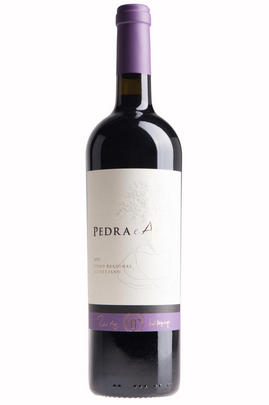
Critics reviews
Mark Squires - 31/12/2015
Julia Harding, jancisrobinson.com. 28th March 2016.
About this WINE
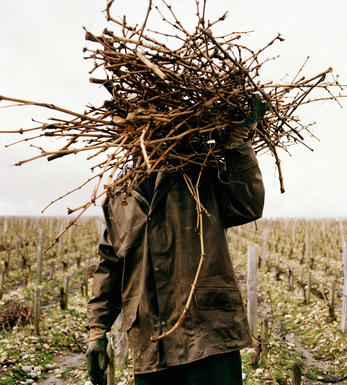
Sonho Lusitano, Quinta do Centro
Richard Mayson is best known as a wine writer who has specialised in Portuguese wines for over two decades. In the late 1980s he identified the potential of Portalegre, a small sub-region in the Alentejo, to produce great wines. It took many years of searching for him to find the right property, but in 2005 he finally embarked on his own winemaking venture when he found and bought Quinta do Centro and established a winemaking company, Sonho Lusitano, with Rui Reguinga. Reguinga is originally from the Ribatejo and started his winemaking career in 1991. Initially he worked at the Portalegre co-operative and then with the well known Portuguese winemaker João Ramos. He then formed his own winemaking consultancy, advising properties in Portugal and as far a field as Argentina.
Quinta do Centro can be found on the border of the São Mamede Natural Park on the slopes of the Serra de São Mamede at 500-560 metres above sea level (the Serra de São Mamede rises to over 1000 metres above sea level and is the highest point in Southern Portugal). The DOC of Portalegre has a unique terroir that sets it apart from the rest of the Alentejo. Here the rainfall is higher than the average for the rest of the Alentejo, with 600mm or more being the norm (400mm is the average for much of the Alentejo). The soils are made up of schist and granite, with the latter dominating at Quinta do Centro, making for rocky, well drained vineyards that are situated in a shallow valley. Another point of difference is the fragmented nature of the vineyards. The estate covers 20ha, of which 12.5ha are planted and only 10ha are currently in production – the rest of the land is given over to olive tree and cork oaks. The main grape varieties planted are Trincadeira, Aragonez, Alicante Bouschet and Grand Noir, as well as a small area of Cabernet Sauvignon. In 2007 they added some Touriga Nacional and Syrah, as well as a small amount Viognier. It was in the same year that they used the new, state of the art winery that they built on the property.
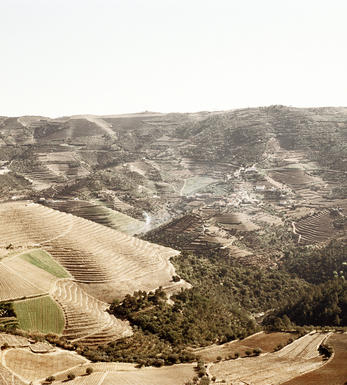
Alentejo
The Alentejo district covers about one-third of the total wine growing area of Portugal and lies between Lisbon and the Algarve in the south-east (to the far south of Dao and Douro).
Alentejo is a region of diverse landscapes (plains, hills, mountains) characterised by a very hot climate (up to 40C in the summer). Alentejo wines are very popular, accounting for nearly half of all domestic sales in Portugal. Wine estates are fairly large and hence able to achieve economies of scale, and as a result Alentejo wines can combine quality with competitive pricing, in contrast to some of Portugal’s more northerly regions.
Some white wines are made in the Alentejo, but the region has earned much acclaim for its red wines of generously fruity, soft-textured, full-bodied character. Alentejo, with its clay and limestone soils, provides some of the most exciting wines in Europe, in perfect counterpoint to its port-influenced cousins further north in the Douro Valley. With a climate enjoying the best of both Atlantic and continental influences, and a loyalty to traditional grape varieties, Alentejo nurtures wines of character and individuality. Add to this the investment and savoir faire of big wine businesses like Sogrape and their result is fascinating indeed.
The principle red varieties are Aragonez, Antão Vaz, Castelão, Rabo de Ovelha, Síria and Trincadeira, however newcomers such as Syrah and Cabernet Sauvignon are beginning to gain ground, often in blends with the local varieties.
The white wines are light, easy-going and subtly fruity made from Arinto Galego, Assario, Fernão Pires, Manteúdo and Síria (Roupeiro)- among the many indigenous varieties.
The Alentejo region is divided in 8 different sub-regions. Some wines are named after their respective sub-regions, but most use “Alentejo”on the label, a more “powerful” and recognised brand name.
The Évora region has made impressive progress, having won international awards for its wines. The sub-region Moura has earned its own Denomination of Controlled Origin- DOC designation in recognition for its potential for quality wine. Portalegre has a dramatically different landscape from the rest of Alentejo; the vineyards are perched at high altitude on the hills of the Serra de São Mamede and its red wines are more structured and elegant.
Other regions include the centrally-located Borba, Redondo and Reguengos de Monsaraz, and the hot, southern regions of Granja-Amareleja and Vidigueira.
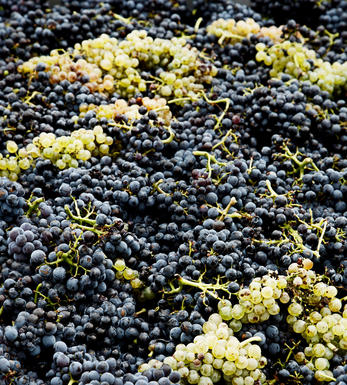
Other Varieties
There are over 200 different grape varieties used in modern wine making (from a total of over 1000). Most lesser known blends and varieties are traditional to specific parts of the world.


Buying options
Add to wishlist
Description
This wine’s name means “stone and soul”, which gives an indication of what the winery is looking to do – indeed, from local varietals Trincadeira, Aragonez and Alicante Bouschet, they have produced a very focused, mineral wine. The vineyards are planted at high altitude in the Alentejo, giving it an additional freshness, which brings elegance and finesse. This will be an excellent match for any hearty red meat dishes from the oven or the grill.
Catriona Felstead MW, Berry Bros & Rudd.
wine at a glance
Delivery and quality guarantee